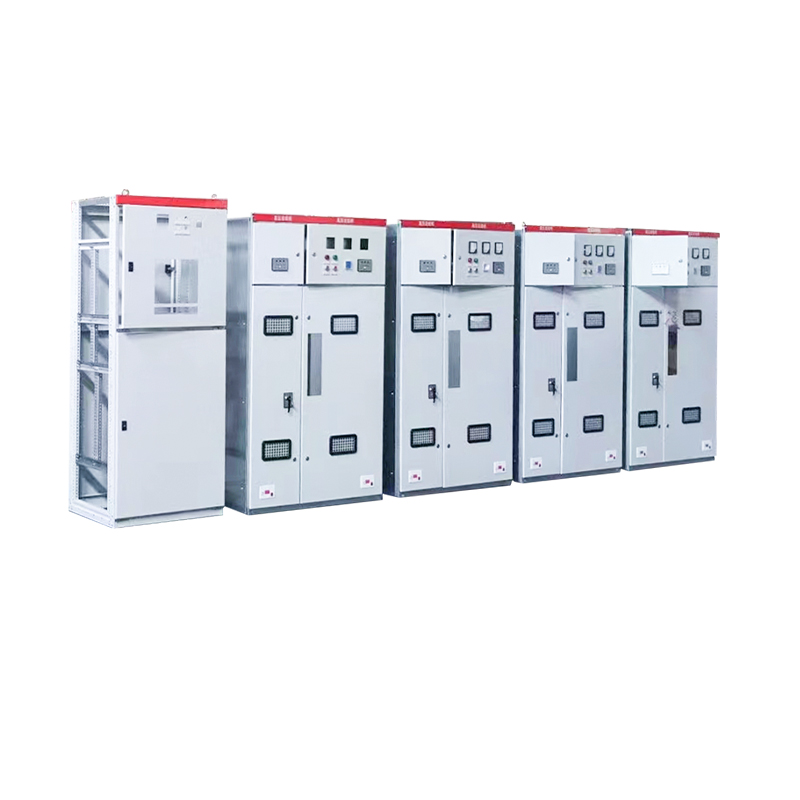Energy-Saving Single-Phase Oil-Immersed Pole-Mounted Transformer
15KVA 13.8KV/0.4KV
See DetailsAs industrial and commercial power systems continue to evolve, low-voltage switchgear is no longer just about reliable circuit protection—it’s becoming a vital node in the smart grid. One of the most important developments in recent years is the integration of intelligent monitoring and IoT technologies into drawer-type switchgear systems. These innovations are redefining how operators interact with their electrical infrastructure, offering improved oversight, faster response times, and long-term efficiency gains without compromising on safety or control.
Traditionally, switchgear systems were passive components—devices that simply performed mechanical or electromechanical functions based on circuit conditions. Today, however, the integration of sensors, communication modules, and microcontrollers allows switchgear to collect real-time data on current, voltage, temperature, contact wear, and even environmental conditions. This data is then transmitted to centralized platforms, enabling condition-based maintenance and early detection of potential failures. For facilities that run critical loads or operate around the clock, this can significantly reduce unplanned downtime.
Smart monitoring not only helps in identifying faults but also plays a critical role in energy management. By analyzing load patterns and power quality, facility managers can optimize system performance, reduce energy waste, and avoid penalties for power factor deviations. When low-voltage switchgear is equipped with digital meters and integrated with building management systems, it turns from a static safety device into an active contributor to energy efficiency goals. This is particularly valuable in sectors like manufacturing, data centers, and commercial real estate, where energy use is both a cost and a sustainability concern.

Another major advantage of intelligent switchgear is remote accessibility. Maintenance teams can now access diagnostic information through mobile apps or cloud-based dashboards without opening a panel or entering a high-voltage environment. This dramatically enhances safety while also speeding up troubleshooting and decision-making. The modular drawer design of these switchgear systems further simplifies component-level replacement and upgrades, which aligns well with the plug-and-play nature of modern monitoring modules.
Manufacturers like us are seeing increased demand from customers who want scalable, future-proof electrical infrastructure. We’ve responded by integrating smart features into our low-voltage drawer cabinets as standard or optional configurations, depending on project needs. These features are not just about adding tech for the sake of it—they reflect real operational requirements from industries striving to modernize without tearing down existing systems. For buyers, it’s a smarter investment that balances reliability with digital control.
Importantly, the digitalization of switchgear also supports regulatory compliance. In many regions, safety audits now favor installations with built-in monitoring due to their ability to produce detailed reports and operational logs. Whether it's for ISO certification, energy audits, or internal accountability, having digitally-enabled low-voltage switchgear positions operators for smoother documentation and reduced inspection risks. It also demonstrates a forward-thinking approach, something many clients and partners now look for in supply chain assessments.
As the pace of electrification increases across industries, switchgear will play an even more strategic role in the control architecture. Investing in smart-ready low-voltage switchgear today means preparing your systems for tomorrow’s energy demands and operational expectations. With the right technology and a reliable manufacturing partner, companies can achieve safer, smarter, and more connected power distribution without losing sight of proven engineering principles.
Contact Us